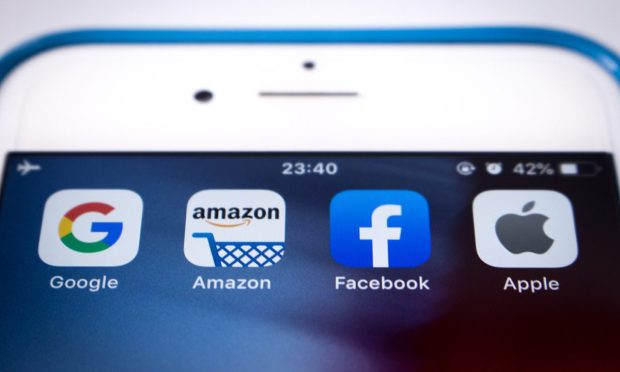The Week Ahead: Earnings Will Spotlight Big Tech’s Payments Ambitions

The banks came first — weighing in on the state of the consumer, taking measures of credit and debit spending.
And while things seem pretty resilient, and spending seems strong, at least for the moment, those banks built some notable reserves in the most recent quarter.
And through it all, runs the great digital shift.
We spotlighted those trends in coverage of reports of banking giants such as JPMorgan, Citigroup and others.
Read Also: Loan Loss Reserves Creep Up at Cautious Wells and Citi
And now it’s Big Tech’s turn.
Amazon: Pulse of eCommerce
Amazon’s earnings report Thursday will give insight into the state of the consumer — not just here but across the globe — and the continued fortunes of eCommerce and the platforms that bring buyers and sellers together.
Prime Day is newly in the rearview mirror, so commentary will touch on the stickiness of the subscription model. The company has boosted its prices for the subscription itself, and we’ll see if that’s spurred any significant churn. Supply chain and geopolitics did not do much to dent results last quarter, and we’ll see if that resilience continues to ring true.
There may be some illumination of Amazon Fresh expansion, where the most recent store tally stood at 46. And Amazon Web Services offers a bit of proxy for the Connected Economy, helping usher in new applications and even the Metaverse.
Apple: Grand BNPL Ambitions
Management has typically been a bit oblique about how Apple Pay is and how it has fared. Recent PYMNTS research has pointed out that Apple Pay has its own set of challenges, and all ears on the Thursday earnings call will be tuned in to a discussion of BNPL forays and how the company’s go-to-market strategy might bear fruit.
Apple, of course, has a birds’ eye view of supply chain dynamics, and last quarter, pressures here hit sales by as much as $8 billion. We’ll see if Apple is able to continue logging “all-time records” for the App store as its pivot beyond a previous hardware focus toward greater traction in services gains ground. As had been seen in the latest earnings report, the company now has 825 million paid subscriptions across the services platform, representing a gain of 165 million through the previous 12 months — which in turn helped drive revenues, overall, up 17% year on year.
Alphabet (Google) Spells Out Google Pay’s Traction
Apple’s results will have a seismic impact beyond its own numbers — and will impact platforms everywhere. There are already signs that the ad markets are slowing, where Snap’s dismal showing has been tied in part to privacy policy changes on the part of Apple (and tracking of apps and advertisers, where consumers can simply opt-out). Google, of course, has been striving to bring Google Pay to even more prominence as a digital payment method. Alphabet gives its report Tuesday.
Last quarter, Alphabet CEO Sundar Pichai said, “obviously, we’ve been focused on making sure payments works well … our payment strategy is very similar to the strategy we have for commerce overall. We want to make all of this work easier, both on the merchant and the financial institution side, and making sure they can connect with the customers well.” As of the end of the first quarter, there were 150 million people across 40 countries using Google Pay.
Visa and Mastercard
The payments network giants — Visa and Mastercard — will post their data on Tuesday and Thursday, respectively. In many categories of spending, we’ve been above 2019 levels, and investors will want to hear how cross-border spending/travel has been holding up. Credit has been more widely embraced by consumers, where, for Mastercard, gross dollar volume (GDV) paid for by that method was up 31%, outpacing debit at 1%.
Read Also: Mastercard X-Border Travel Spending Volumes Top 2019 Levels Across the Globe
Visa’s U.S. payments volume grew 16% year over year in the latest quarter, up 44% vs. 2019, management said. CFO Vasant Prabhu said that credit spending domestically was up 27% and was up 35% over 2019’s levels. B2B is a long-term greenfield opportunity, as Visa Direct transactions grew by 20%.
